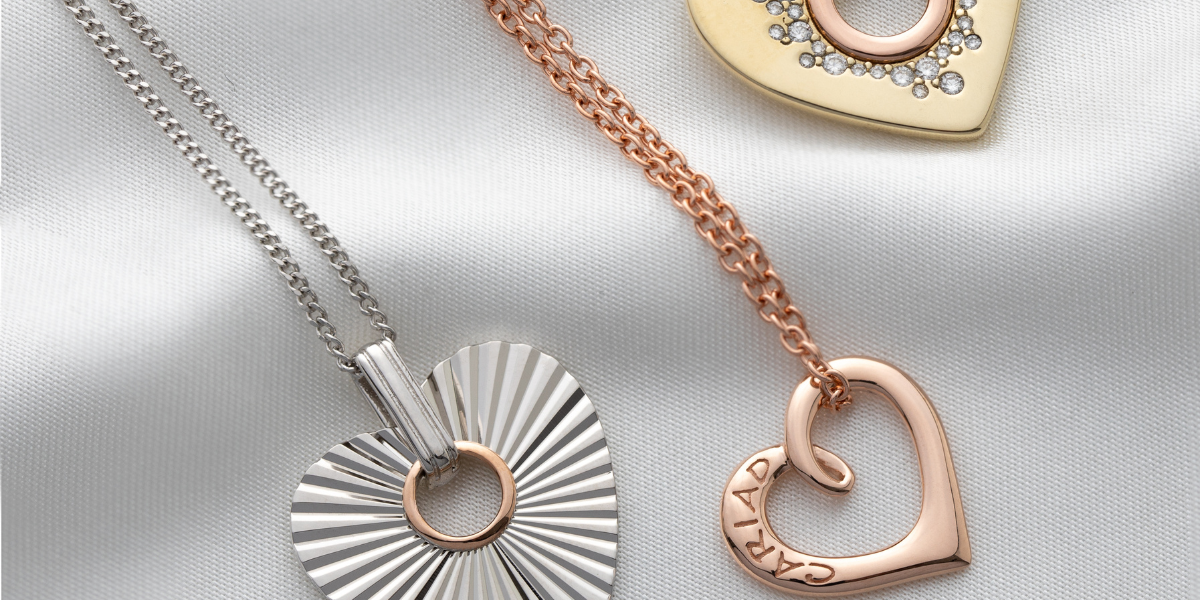Inside Retail: How significant are the new AR features that Snap has just announced? Can you put them in context of what was available previously?
Kathryn Carter: The updates we’re making are a continuation of our shopping journey from a Snap perspective. They date back to when we first introduced the Pixel, so that advertisers would be able to truly understand the shopping sessions that occur on the platform, through to a real adoption of augmented reality as a way of driving both transactions as well as try-ons.
They are an additional strengthening of the toolkit, which allows retailers to connect their brand experience with consumers in a way that is native to how they communicate with their close friends, and also, really importantly, allows them to drive sales. So not only are people able to try on a pair of shoes, or test out different lipstick experiences, but they’re also then able to purchase the product, which is a really valuable advancement for retailers.
We actually have studies which show that augmented reality-guided purchases have led to a 25 per cent decrease in returns. And interacting with products within an AR experience has led to an increase in conversion rates by 94 per cent.
IR: Are most retailers on Snapchat currently using AR?
KC: Not yet. I think there has been an increased appreciation of the power of augmented reality, and our commitment is to ensure that the experience is as seamless as possible for them to try and adopt it, which is why a lot of the technical updates that we’ve made reduce the barriers of entry for retailers. I think retailers understand the benefit of having consumers try on different products in a way that is really fun, creative and impactful. And we’re super excited about the opportunity for retailers across Australia to be able to try these experiences themselves.
IR: It seems to me that Snap’s strong focus on AR sets it apart from other social media platforms. Does the company see it that way?
KC: We’ve been investing in AR for the past seven years. From inception, Snap has been about creating a platform that intentionally opens to the camera, which differentiates us from other platforms. And that’s because we want to invite our community to create content, to express themselves, to connect with their friends, and we truly believe in the power of visual communication.
What we’re seeing is that the camera is really transforming the shopping experience of today. The opportunity for augmented reality to revolutionise the digital shopping economy is really in its infancy. It’s an area where we have significant expertise, and we also have significant scale. The number of interactions that we have on a daily basis globally and locally through AR make it a really meaningful and critical part of a retailer’s journey to connect with their consumers.
IR: What does Snapchat’s user base look like, and how did it change during Covid?
KC: From both a global and local perspective, we’ve seen continued growth and momentum behind the number of people who are using Snap. To put it in context, we have 75 per cent of all 13 to 34 year olds in Australia using Snap, and they’re using it 40 times a day. We saw increased engagement across all of the metrics which matter throughout Covid.
IR: How does the company plan to grow the number of businesses using Snapchat?
KC: We’ve been really proud and privileged with the number of brands that we work with, both in terms of large traditional retailers who are fast tracking their digital acceleration, through to DTC businesses who are using Snap to build their brands both locally and globally.
The developments that we’re making with announcements like Dress Up and [the creation of] a dedicated experience for retailers to have fun and be able to try-on clothes within the platform are certainly very exciting. And we are very optimistic that brands will recognise that if they want to create an experience where they can drive not just engagement, not just brand recognition, but also have their community try on a whole host of different products and ultimately make a purchase, then it’s a pretty powerful combination.
IR: You mentioned that the new tools lower the barrier of entry to AR. What kind of technical skills are actually required to tap into these new features?
KC: The key driver of us wanting to create this engaging experience was to ensure that retailers could convert entire catalogues into 3D without the need for significant resource and capital outlays, while still creating an experience in keeping with their brand image.
The idea was to make it as accessible for a small business as it is for a large business. I can do it, which should give confidence to any retailers out there that they would also be able to do it. And we’ve got a complete support system in place for retailers to be able to onboard and start trying out these experiences.





